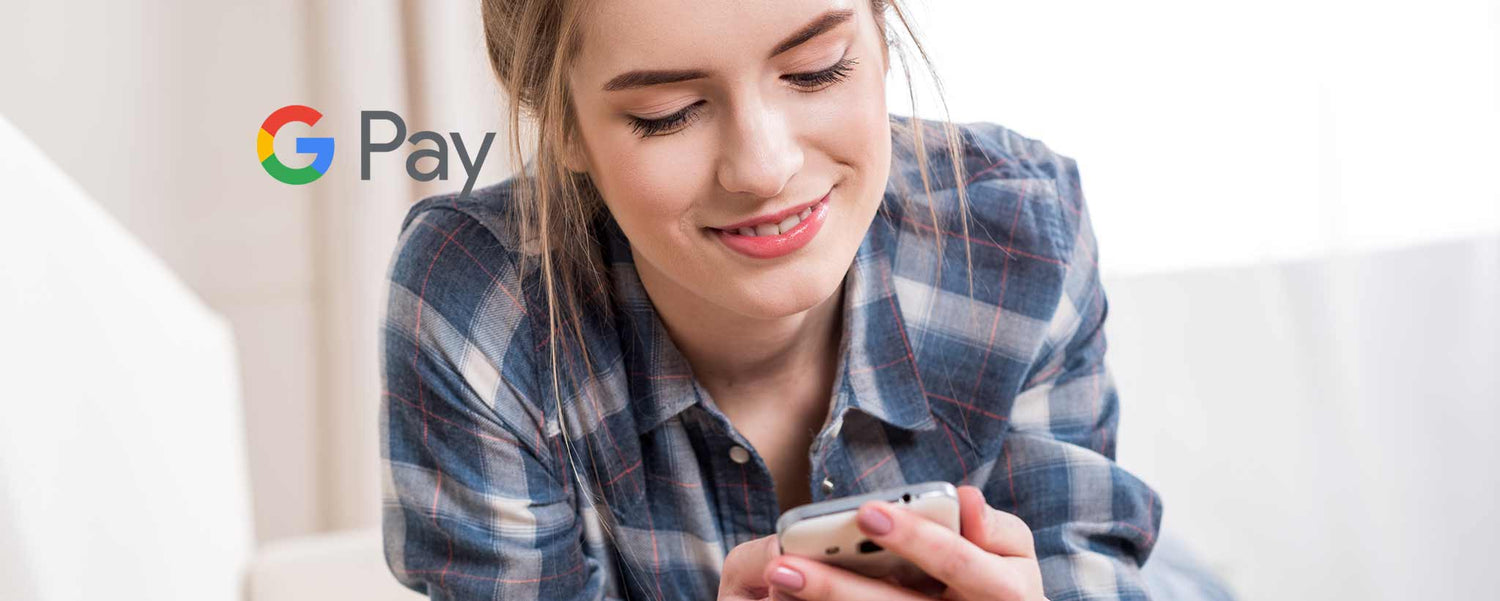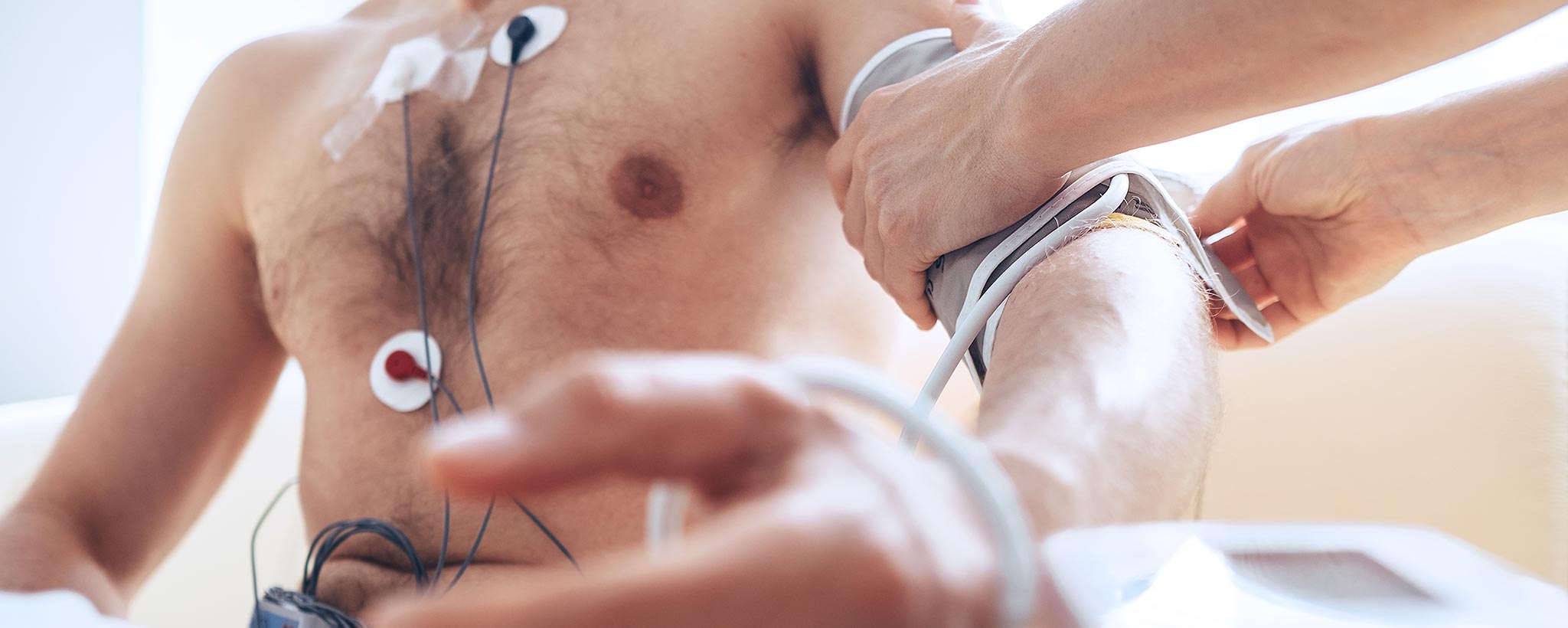ClinicalPosters integrates secure payment methods that are easy to use and most common among its shoppers.
Joining other payment options, ClinicalPosters now accepts Google Pay. If installed on your Android smartphone or Chromebook, you will see Google Pay instead of Apple Pay as a checkout option. What makes either of these methods attractive to savvy online shoppers is that they eliminate the need to reveal card numbers to merchants. (The same can be said for PayPal, which may also be used during checkout.)
What Happened to Android Pay?

Android Pay and Google Wallet were inconsistently-branded Google responses to Apple Pay and Apple Wallet. Apple did most of the groundwork, then Google signed deals with many of the same companies using similar technology.
For years Google has licensed the Android operating system to smartphone manufacturers. Then in 2013 Pixel by Google—its smartphone—was released. This may have heightened the inconsistent branding confusion. Is Google Wallet for the Pixel, while Android Pay for other devices? No, Google Wallet and Android Pay were meant to be used together on all Android devices, including the Pixel by Google.
Between January and March 2018, Google began rebranding products. This gives Google Pay (mobile payment gateway) and Google Wallet (peer-to-peer payments) a new look. So Google Pay is not new. Rather, it is a consistent naming convention for an existing service you might already have on your smartphone. The story of more extensive Google rebranding has been well covered and illustrated by Tech Crunch.
Fill Your Wallet
Both Apple Wallet and Google Wallet are secure conduits that allow you to enter information for multiple credit or gift cards at once. Contactless transactions randomize an authorizing code that keeps original credit card numbers confidential. The wallets hold travel tickets and conference tickets. So, depending on the device, you can pay with a simple touch or glance at many locations and online stores, including ClinicalPosters.






